Frosts
Frosty mornings make for beautiful pictures, and lovely sunny days! Frosts are good too! A decent chill:- disrupts pest and disease cycles
- improves soil structure
- provides needed cold hours for many deciduous fruit trees to bear fruit well
- converts starches into sugars making crops harvested after a frost tastier
- helps ripening of late season astringent fruit (like persimmon)
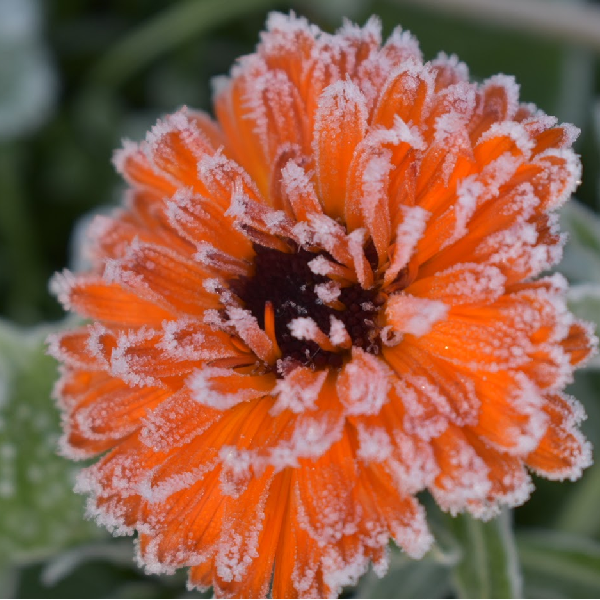
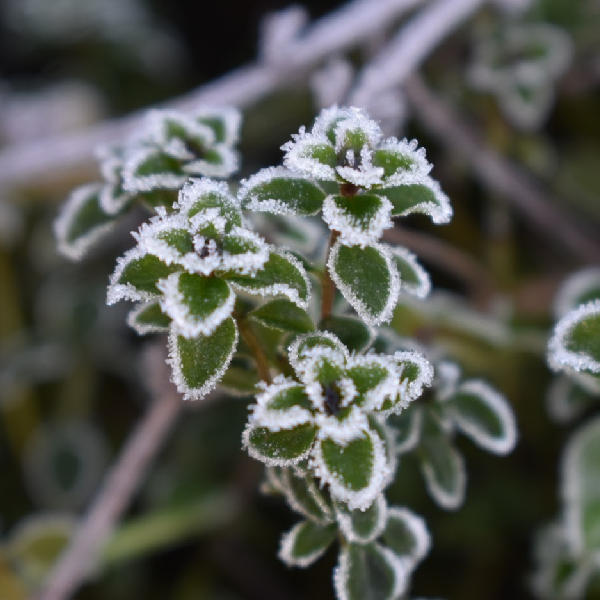
Weather Outlook
The long range weather outlook according to NIWA shows that while cold snaps and frosts will still occur for July to September, they will most likely be less frequent and intense. Temperatures remain above average while rainfall and soil moisture is said to be near average. A big rain event is expected mid July with some possible flooding, depending on your specific area. For the garden this means being frost-ready for those plants that are not frost hardy on evenings where you expect a clear night with low temperatures. And to ensure good drainage for bigger rain events. If you have a means to do so, rainwater harvesting and storing is a great idea for later in summer when gardens may run dry.Catalogs and Planning
A favourite to-do of mine during July is that it is normally the month in which the big seed companies release their latest seed catalogues. Browsing through the colourful pages of flowers, veges and herbs on offer and dreaming big dreams of the coming summer makes the winter seem less dreary. Some of the places I peruse for new seeds (not forgetting my own seed offerings from MeadowSweet), are:
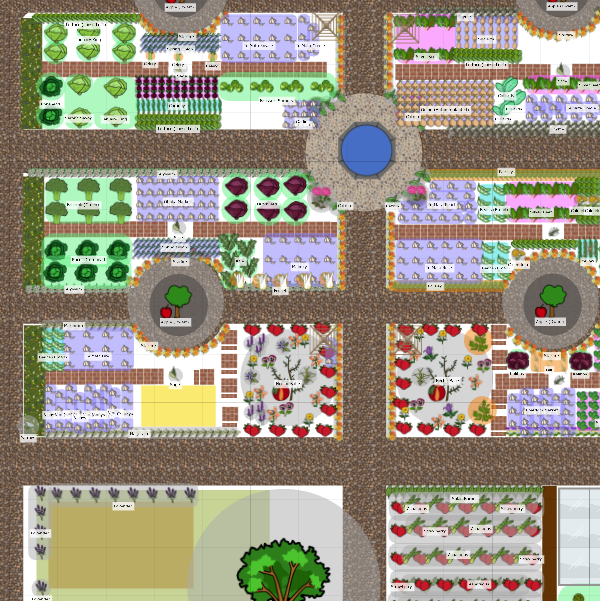
Fruit Trees
Something else exciting that you can do in July is to plant bare-rooted fruit trees like apple, apricot, cherry, citrus, nectarine, peach, pear, persimmon, plum and quince. Bare-root fruit trees should be available in all good garden centers and nurseries from this month. Click here for my tips on planting bare-root fruit trees.Backyard Orchard Culture
Fruit trees need not be limited to those with big spaces – many fruit trees, when pruned well on dwarfing rootstock, and perhaps confined to pots or grow-bags to limit root growth, are suitable for smaller gardens. Even though I am on an acre, and have a large area set up for my orchard, I still opted to follow Backyard Orchard Culture (BYOC) as explained by Tom Spellman from Dave Wilson Nurseries (in America). This means I plant my trees closer together, keep them under 2m, and have a larger variety of fruits in the same space. I confess that it was quite daunting to chop most of the newly bought fruit trees at my thigh-height when we bought them in 2019 – but I can positively say after that harsh pruning, and working on building the scaffolding through pruning the last two years, the trees are looking fantastic, and even produced some lovely fruit for me this past summer. I’m always excited to share this method with others.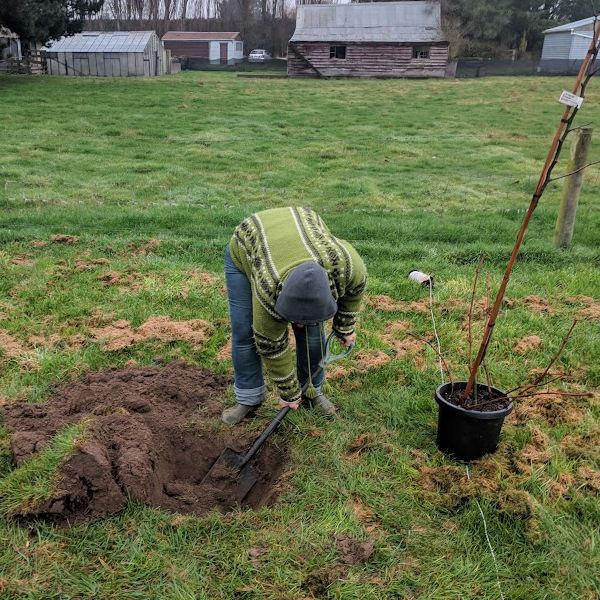
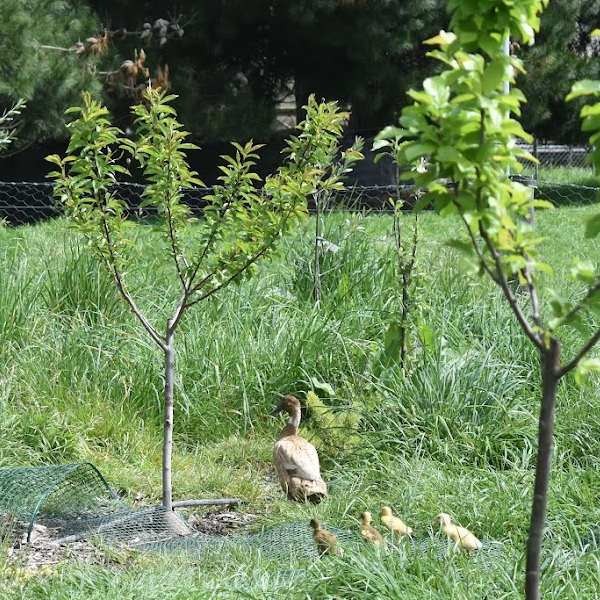
Garden Tasks
Garden Beds
Getting your garden beds ready for spring planting is a must this month, dig in green crops or work in seaweed, manure and compost.
Hardware and Structures
It’s also a good time to do some garden tool maintenance – sharpening secateurs and blades.
Check your structures too, ensuring climbing frames are secure, insect netting has no holes, and pathways are clear.
If you are a greenhouse/tunnelhouse gardener, July is perfect to clear out and clean the plastic/glass/covering.
Pruning and clipping
Fruit trees and roses can be pruned later in July or in August – check your weather and don’t prune if you don’t expect at least 3-5 sunny days after a prune.
Clip and clean deadwood from perennials, so that the plants are opened up and readied for new growth in spring, eg. lavender, rosemary, thyme, sage.
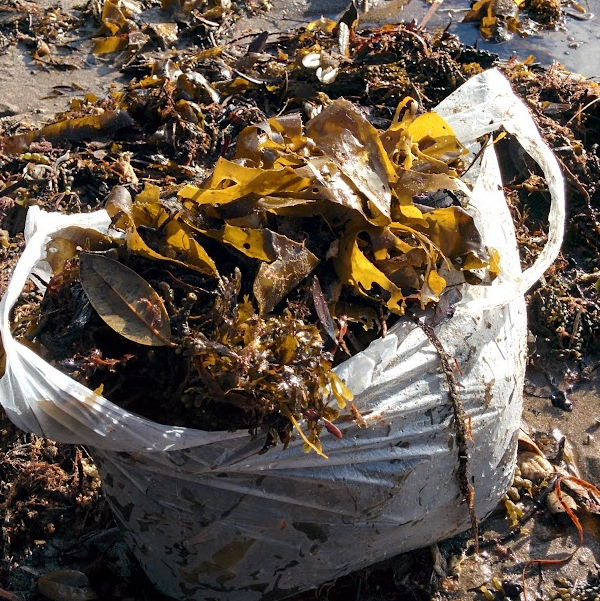

Sowing and Planting
While July really is the month in which few plants get sown or put into the ground, there are always things that can survive, and even thrive during these cold weeks ahead. If you have a greenhouse and if it is heated, you can expand the grow list a little too.
The Canterbury region is rather large, with quite a few different climate zones scattered about – even the microclimate in your own garden can make a difference, so be sure to use the following as an ideas list only, and check seed packets or seedling labels for more information specific to your exact growing conditions.
Vegetables
Sow Seeds or plant out very young seedlings
- Beetroot
- Mustard
- Parsnip (warmer areas)
- Peas and snow peas
- Radish
- Shallot and spring onion
- Broccoli
- Cauliflower
- Florence Fennel
- Kale
- Silverbeet
- Spinach
- Turnip
Plant out
- Artichoke – globe
- Artichoke – Jerusalem
- Asparagus
- Garlic
- Lettuce
- Onion
Berries and Fruit
- Blueberry
- Boysenberry
- Blackbery
- Currants
- Gooseberry
- Loganberry
- Raspberry
- Strawberry
- Tayberry
- Apple
- Apricot
- Feijoa
- Fig
- Grape
- Pear
- Nashi
- Nectarine
- Persimmon
- Peach
- Plum
- Quince
Flowers
- Calendula
- Catmint
- Cornflower,
- Dianthus
- Foxglove
- Hollyhock
- Poppy
- Sweetpea
- Viola
- Wallflower
Herbs
- Coriander
- Mint
- Parsley
- Rocket
- Rosemary
- Thyme
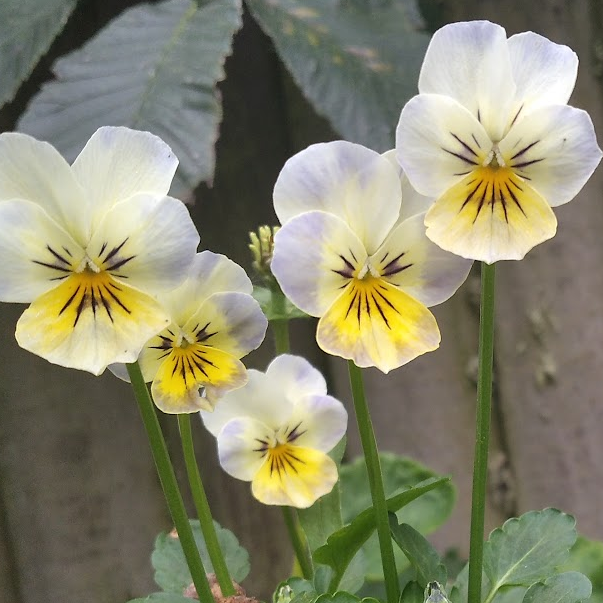
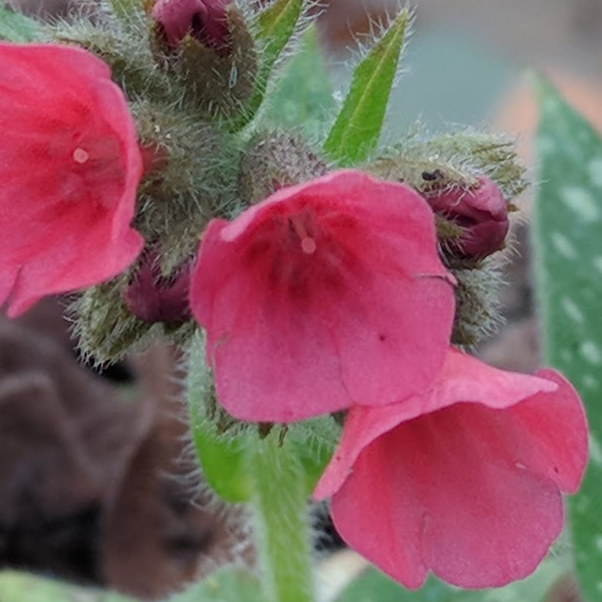


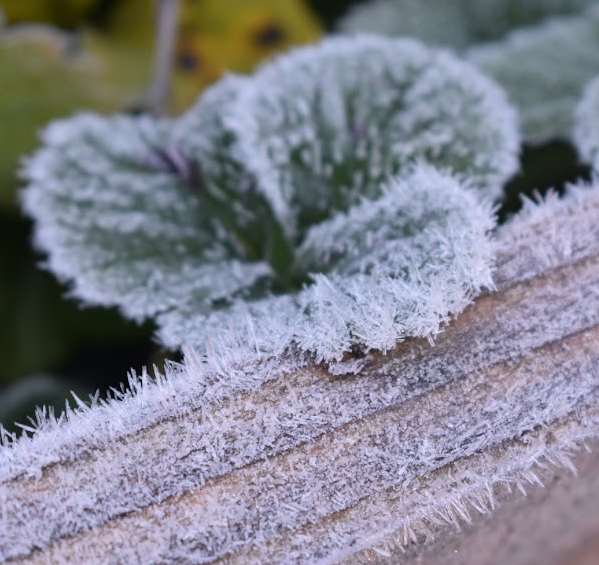

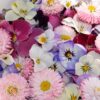
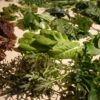
2 Comments
Am going to follow up on the fruit tree info as I need to grow mine closer and prune better so big thank you.
Pleasure. I am quite happy to point people to the idea of backyard orchard culture, especially now that it has been 3 years since I originally planted and pruned mine according to that system, and I’m really happy with the results. 🙂